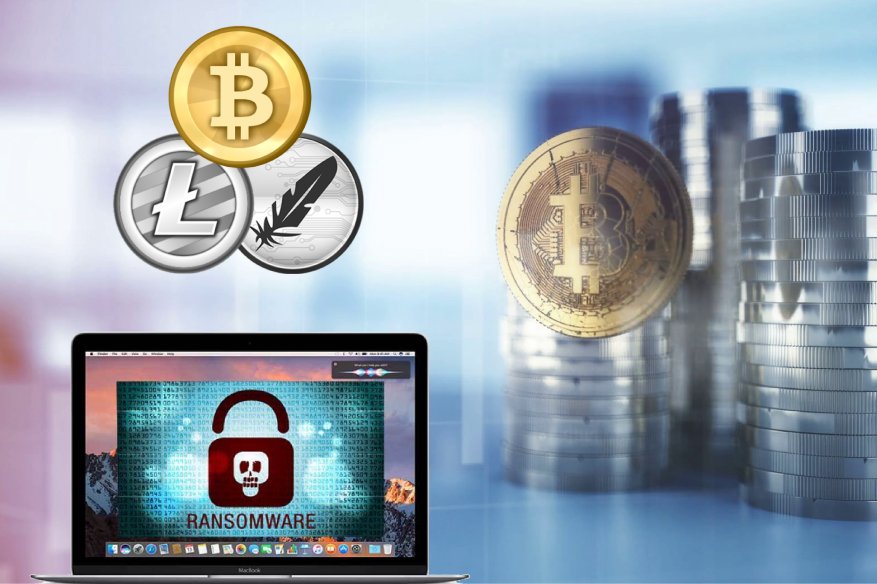Why Ransomware And Cryptocurrency Are Attractive Partners

When it comes to paying a ransom, there is something better than money—yes, digital money. Its decentralized and untraceable nature make it the perfect partner for financially motived attacks that rely on some form of immediate payment for success. Hello, ransomware. As individuals wander virtually through the internet, they inevitably pick up various viruses and infections, much like a tick attaches itself to a hiker’s leg, which they then bring back to contaminate their own system. These variations of computer viruses, bugs, and malware have the ability to wreak havoc on personal boundaries, often without the user’s knowledge. And with the recent marriage of ransomware and cryptocurrency, the threatscape has gotten a lot more serious.
By accessing a PC, scrambling its records, and locking out the owner until they pay, ransomware can gain some big profits, especially when it’s paid in cryptos. Once this devious relationship with cryptocurrencies developed, ransomware really took off 2010 and made it way, way harder to track ransom payments. Prominent ransomware like CryptoWall raked in over $18 million in the form of Zcash, Monero, and other profitable and high-namelessness coins before eventually being shut down. And as blockchain technology has developed, so has the hacker’s ability to craft more dangerous exploits.
Crypto Churning Up PC Power
As ransomware attacks become increasingly sophisticated, bad actors have even more chance of accessing outside computers and utilizing those resources for their own devious purposes. Hackers do not always make a splash when they attack a system, like a money grab or some other obviously exploitative move. Much like a parasite, savvy cybercriminals can also linger quietly in a system so they can siphon off the necessary resources to get what they really want—in this case, the ability to efficiently mine for cryptocurrencies.
Cryptocurrency mining is largely misunderstood by the public. Many people know it as the process of “getting” digital money like Bitcoin, but they don’t really recognize what it takes to make this happen. Individuals who interface their PC to the Bitcoin blockchain and set it to work on the exchange are essentially “mining” for coin and are compensated in tokens with the same value as fiat currency. This keeps miners motivated and the system running efficiently, despite the lack of a centralized focal point.
Although mining first started on the laptops of Bitcoin lovers around the world, it has since been modernized a great deal. Now, the mining programs are more lightweight, simpler to convey, and far more lucrative, especially in lieu of crypto’s recent popularity. Furthermore, protection coins have grown up that each adopts a special strategy to blockchain obscurity. These conditions have driven a few organizations like Salon, a well-known online magazine, to offer free advertising in return for the ability to mine cryptos with PCs visiting the website.
But aside from creating lucrative partnerships, coin mining can also be weaponized. Recent attacks have been intended to introduce well-shrouded cryptographic money mining programs onto unprotected PCs. Much like ransomware, these stowaways are put in place to suck computer power from a system, which can be readily used to mind for cryptos. This leads to problems with the host system, like sluggish operations, that can only be mitigated through the finding and subsequent banishing of these intruders. Until then, hackers and would-be miner are free to use up as much unauthorized computing power as they want.
A Ransomware Revolution
This new breed of “mining” ransomware has become a dangerous enemy to the internet, especially in the way it can stealthily access PCs and operate there undetected for some time. And because of cryptographic money has administrative vulnerabilities, its become a tough exploit to battle.
Responding to ransomware is the essential goal of any good cybersecurity effort—and the blockchain industry as well. Bitcoin demands a monstrous amount of power to mine, and while this is fundamental to its decentralized nature, it is also what motivates these hackers to attack unsuspecting machines. They need to get this power from somewhere, and if they can’t generate it themselves, they will steal it from someone else.
It’s important to find ways to protect against this new threat. While the blockchain industry itself is working on ways to meet this challenge, it is probably safe to say their solutions are designed to be more overarching. By utilizing heuristic estimates of user movement on the blockchain, the technology can solve many problems all at once.